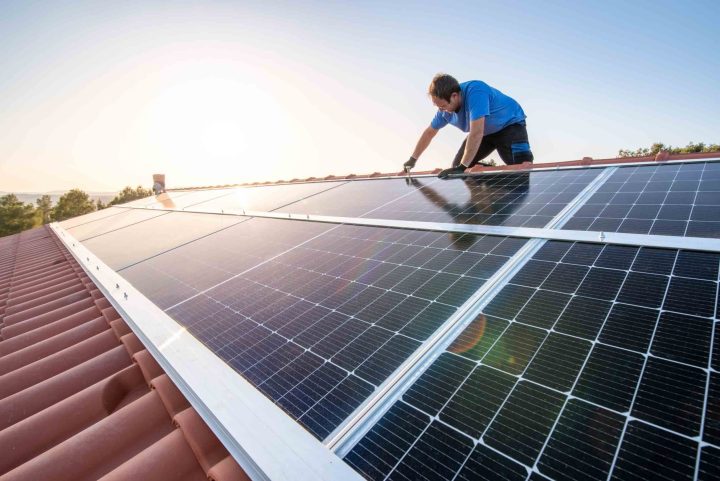
Building sustainable homes and workplaces
Building sustainably is about using practices and systems that lessen impact on the environment, lower running costs and make homes healthy, accessible and comfortable.
Sustainability includes environmental, social and economic factors.
A sustainable building is supposed to meet social and also cultural needs, to ensure resources are equally available, and to cause no irreversible damage to the environment during its entire life cycle.
It includes energy efficiency, the move to a net zero-carbon economy and building resilience against hazards such as earthquakes, storms and flooding.
For different countries, people and industries, the move to sustainable and ethical practices is far reaching.
Most people agree it involves practices that help to maintain the qualities valued in our physical environment, living within the means of natural systems (environment), and ensuring that our lifestyle doesn’t harm other people.
The ‘tiny home’ movement is on the rise, supporting smaller residential dwellings, especially eco-friendly options. Permanent and mobile tiny homes come in a huge range of designs (just like their larger counterparts), and are often customised, but not always eco or sustainably built.
One company producing super energy efficient tiny homes is Ecospace, which uses Irving Builders locally.
Its sustainable approach is reflected in the materials, such as structural insulated panels (SIPs), that its builders use, each one selected for its high quality and low carbon footprint, says company’s managing director Gavin Barr. “We’re saving our clients’ money in the long term, and saving the planet every day.”
Understanding climate change, carbon footprints, and what changes are needed to live sustainably is the first step for many people towards making significant change.
The average New Zealand carbon footprint can be simplified into four major categories: Food, transport, housing and household energy use, and shopping.
If New Zealand’s overall household consumption emissions are averaged out, then per household, more than a third of emissions are from transport, about a quarter are from food, and one quarter are from shopping and recreation.
Around one eighth are attributed to housing and household energy use.
Overall household consumption emissions in 2019 were 42.89 million tonnes of CO2-e (carbon dioxide equivalent emissions), equating to about 8.5 tonnes per capita.
A significant way to reduce emissions is to create sustainable buildings, especially ‘green’ buildings, designed to be good for people, and to have a lower impact on the environment, thereby delivering benefits to their occupants, and the wider community.
The global movement to promote green building arose from a recognition of these benefits, and also the realisation that common industry practice often wasn’t delivering buildings that were as healthy and efficient as they should be.
GOING GREEN
The New Zealand Green Building Council is part of an international network, with more than 70 such councils worldwide.
A ‘green’ building is one that is designed, built and operated in ways that reduce or remove any negative impact on the environment and the people using it.
Green buildings make more efficient use of resources such as energy and water, and provide healthier environments for people to live and work in. Green building practices can also help to reduce construction and operation costs.
Helping to lead the way to building sustainability in New Zealand is BRANZ, a multi-faceted, science-led organisation that uses independent research, systems knowledge, and a broad network, to identify practical solutions for improving this country’s building system performance.
Working with industry, government groups, and building users, its research focuses on how it will make a difference to people throughout the building system, aimed at understanding how buildings work, and what needs to improve to achieve long-term benefits.
The BRANZ Level website is a primary source of information for designing and building sustainably. It also provides tools and resources for life cycle assessment, carbon footprinting, thermal efficiency, universal design, reducing building and construction waste and the costs and benefits of building sustainably.
WEBSITES TO VISIT
www.branzfind.co.nz
www.genless.govt.nz



